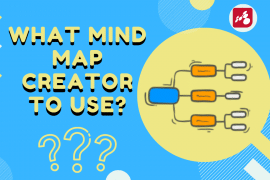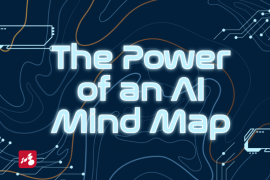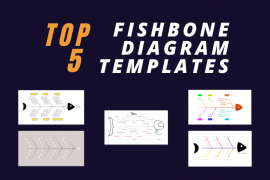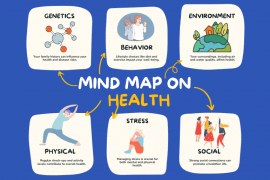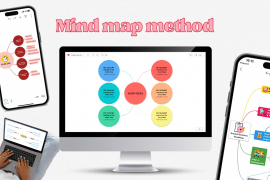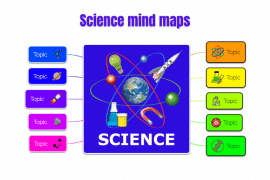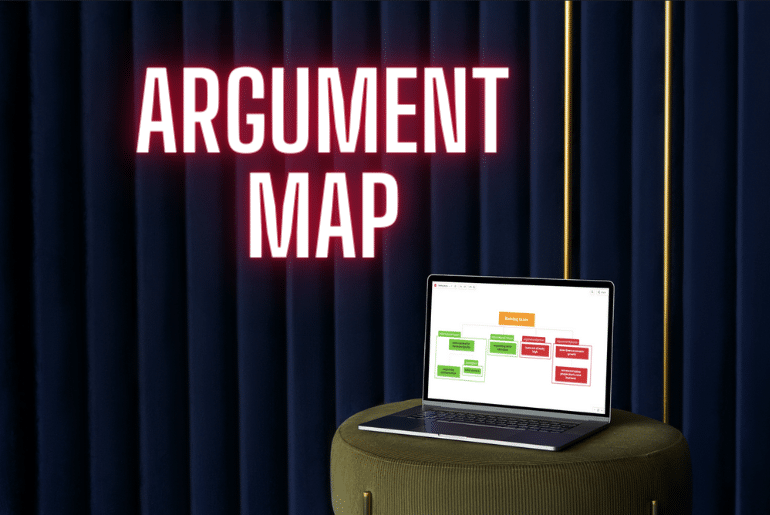
We can use mind-mapping tools in support of teaching critical thinking. Yet often, they are used as an example of a common issue. The skill of using critical thinking skills is gained, but it doesn’t always transfer over to the real world. That’s where an argument map comes in and helps tackle complex arguments affecting us today.
Argument maps can provide visualization for argumentation theory and help with argument mapping. It is how conclusions can be supported or countered by premises while using reasoning skills.
What is an argumentation map or argument mapping?
An argumentation map is taking these complicated arguments and building out argument visualization. Organizing information visually always helps you have a better perspective.
Argumentation theory can first be seen by Richard Whately back in the 19th century. Essentially it takes the contention of the argument at the top. From there, argument diagrams look like tree diagrams (or decision trees) and concept maps (read more about what is concept mapping).
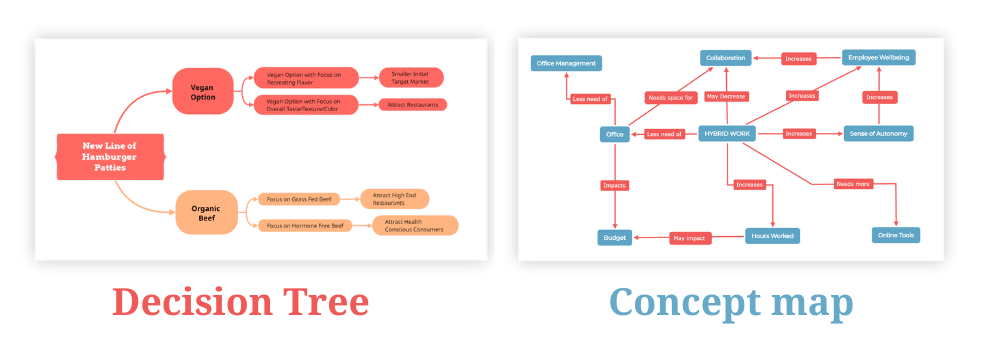
You’ll include activities common in arguments beyond the main argument. This includes reasoning, logic, debates, claims, and ideas.
From here, we can see a clear structure and path of thinking for any argument. Debates can arise from an argument tree, and both sides can argue their points clearly. While they can have objections to them, argument trees are also meant to come to a conclusion. The conclusion isn’t just a single premise and is only an example of a possible outcome.
How do you use an argument map?
The best way to start using an argument map is with a complex argument. Complicated arguments set the stage for critical thinking skills and argument analysis. Then you take those complicated arguments and place them in an argument diagram. This is typically a logical structure that can have a mix of intermediate conclusions and a final conclusion.
They can help us navigate complex information via argument diagrams that clearly present important arguments. This argument mapping has also been known to provide better conclusions than standard critical thinking courses. Professor Yanna Rider is one of many that have started to showcase the prowess of modern argument mapping.
She and fellow colleagues use a term known as LAMP, or Lots of Argument Mapping, as the future of critical thinking. That’s because when we use argument mapping, it pushes our critical thinking to the limits as we absorb both sides.
Critical thinking, in general, has us focused on a sole aspect and a few relationships. Argument mapping has us take a holistic approach to the entire argument, intermediate conclusions, and the final main conclusion.
While this is a great way to teach critical thinking and helping how students learn, let’s look at an example. This example is quite simple, where a government body wants to raise taxes. Raising taxes is at the top of the argument diagram.
As you go down the next leg of the argument diagram, you will have two core sides. One side considers raising taxes as a good reason with several assumptions and some informal reasoning. These can be everything from more income for the municipality and, thus, better services. The other side has an objection and presents arguments and debates to not raise taxes.
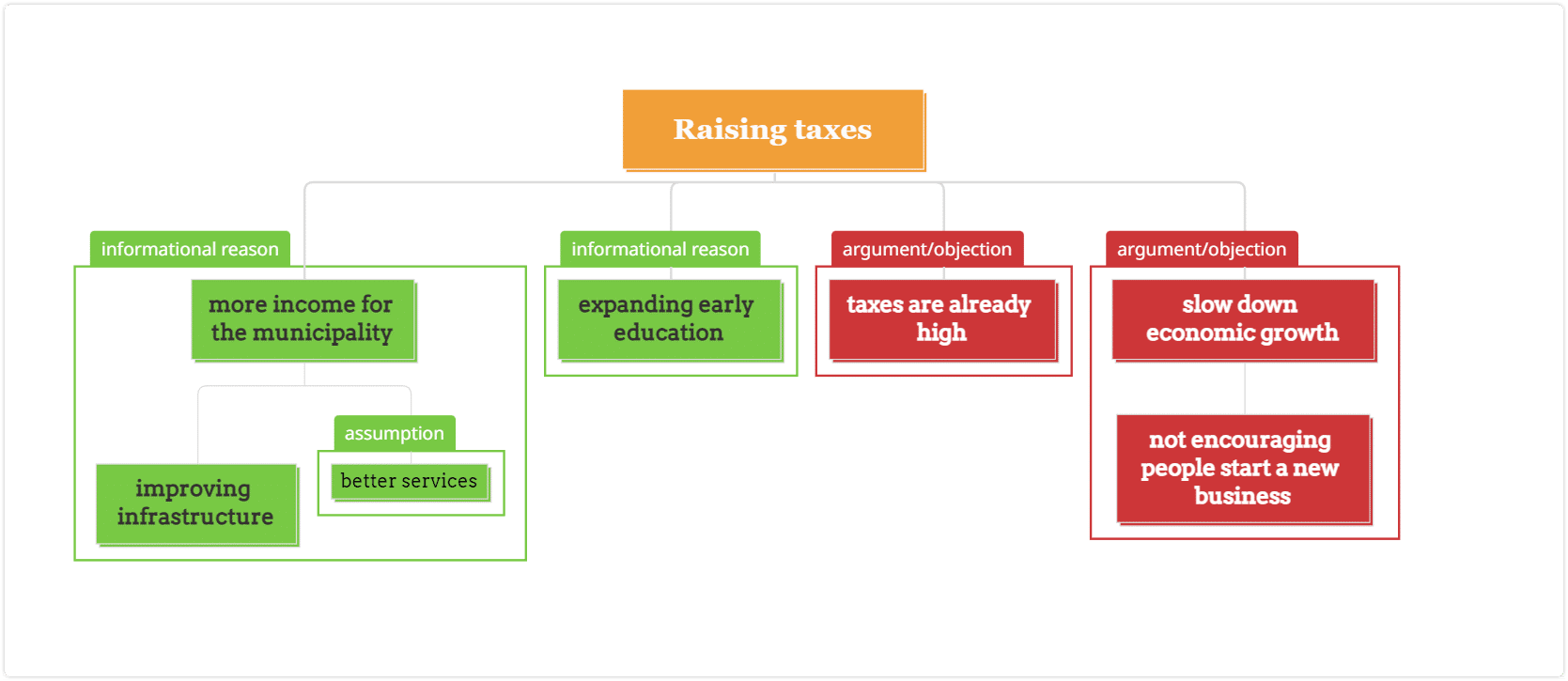
How argument mapping helps with critical thinking skills
The reasoning behind always discussing critical thinking is because of just how important it is. Critical thinking helps to not only analyze complex arguments but also evaluate the possible solutions from argument analysis.
Taking complex thoughts and organizing them with structure and concept mapping makes them easier to process. This can lead to multiple conclusions, but the human intellect can go further.
That’s why you want to support critical thinking with mind mapping via an argument map. Argument mapping lays out the whole set of logical relationships and informal reasoning that can go into a decision. Argument mapping will help expand upon critical thinking, showcasing different scenarios and outcomes.
Critical thinking benefits from this argument visualization using the visual diagram format instead of having to typically take a linear path of thinking. Otherwise, all the information that’s combined for complex arguments starts to look chaotic and incoherent. There’s no clear path without an argument map of where to head next, which can lead to going in circles.
Applying argument map techniques to a complex argument
Now that we’ve been able to enhance our critical thinking via argument mapping, it makes it clear to tackle issues. Going back to the relatively simple tax example above, when we do a deeper dive into it, we notice how much more complex it can be. While it may seem there are only two sides to the argument, there are numerous direct and indirect intricate relationships.
There are multiple premises to consider as well as supporting reasons with this example. Where should the extra funding go? How will constituents feel about increased taxes for the next election? Can the citizens afford the additional burden, or will it force the municipality to launch programs to support the burden? Is the tax flat or going to be progressive? It’s not just one single premise to consider here, but mapping out everything that can be possible.
Argument mapping helps to bring order and logic and build an environment for debates and objections. Everything can be broken down into smaller issues to argue and write down mini conclusions as they come up. Pretty soon, you will always consider using an argument map or argument mapping techniques with complex arguments.
Having the right tools for argument mapping
You may have been developing methods of critical thinking. You might also be part of the new generation working with argument mapping. Your classroom setting and teaching were done with critical thinking at an advanced level.
Now it’s about having the right type of diagramming tool or diagram software to work with. It’s critical to have a graphic organizer when you’re working with argument mapping, and that’s where Mindomo comes in. You don’t want to build out argument maps by hand. An argument map should use a digital tool for easy editing. Otherwise, your argument mapping will be less organized.
Mindomo helps to be a mind map diagram tool that can be easily converted into an online argument mapping tool. You can easily take the skills you’ve learned and use this argument mapping tool for the next set of complicated arguments you may have.
Its argument mapping software will provide you with all the features needed for rich argument maps. at the same time, you will have a visual representation of your argument. Welcome to the next generation of how to handle an argument.
Keep it smart, simple, and creative!
The Mindomo Team

